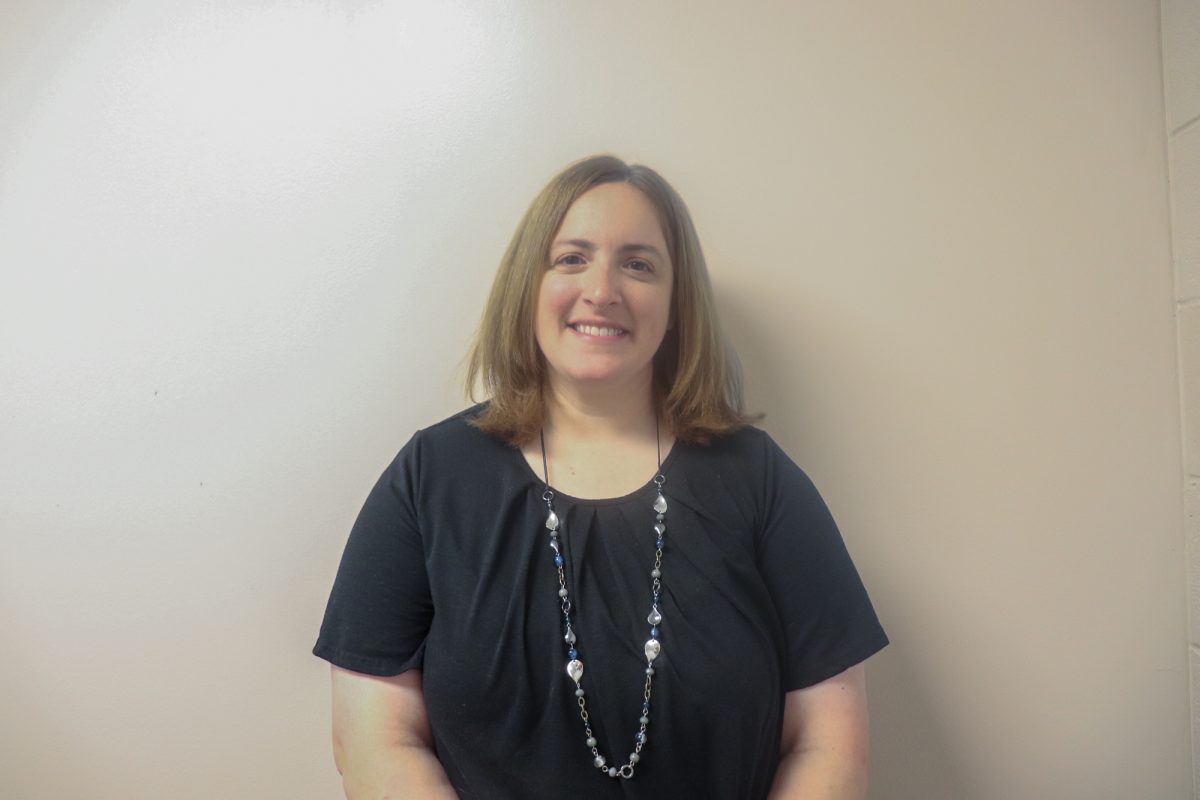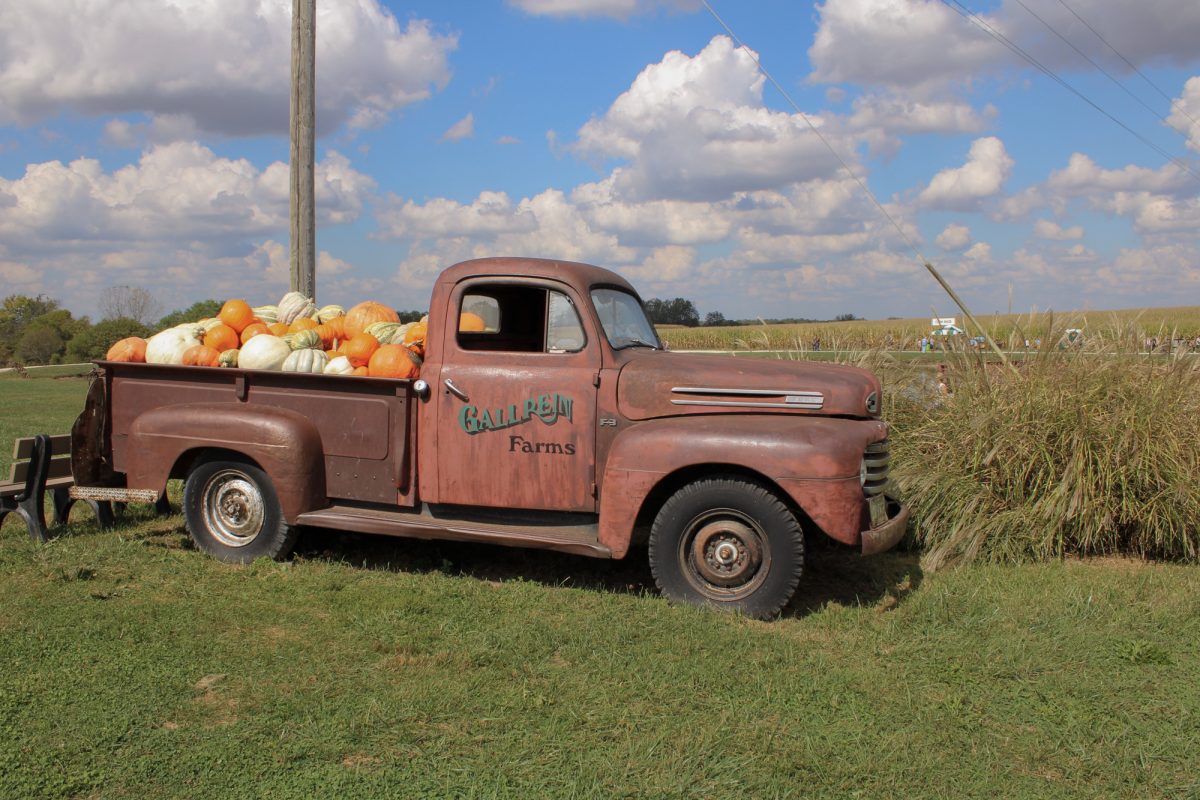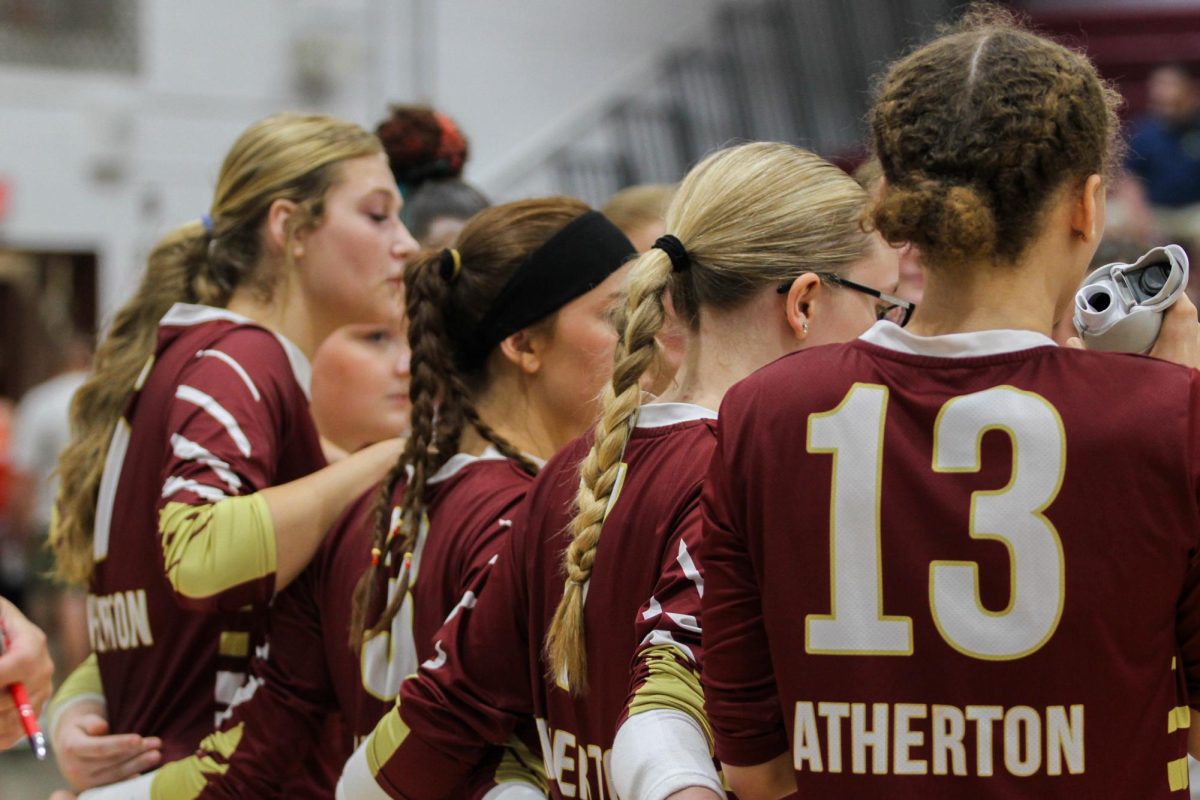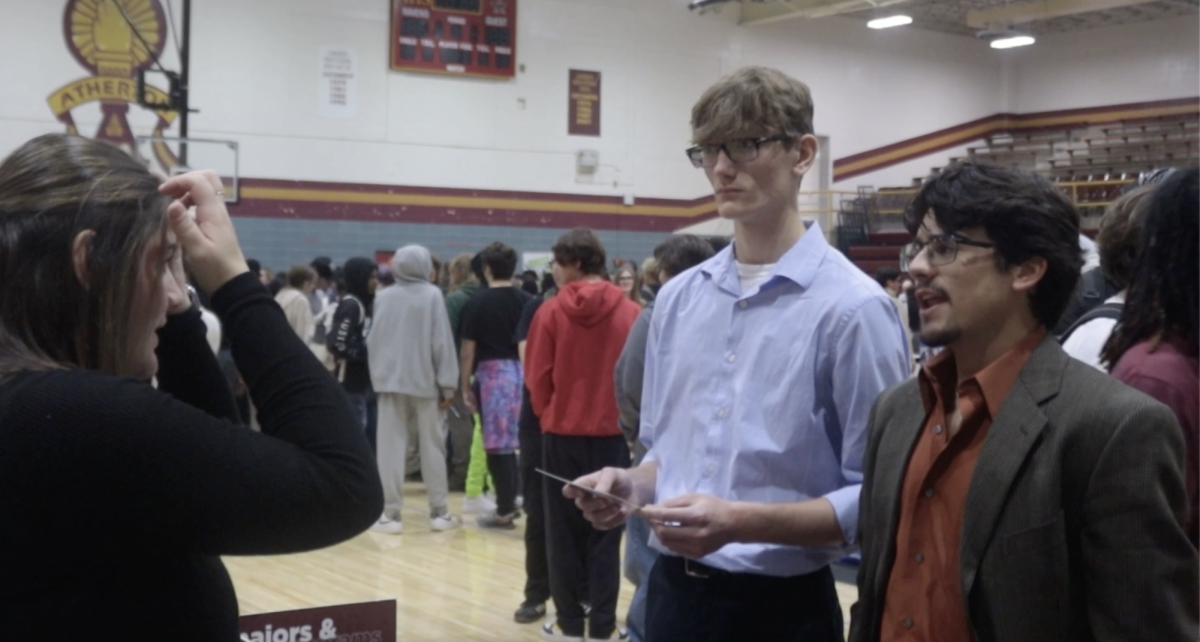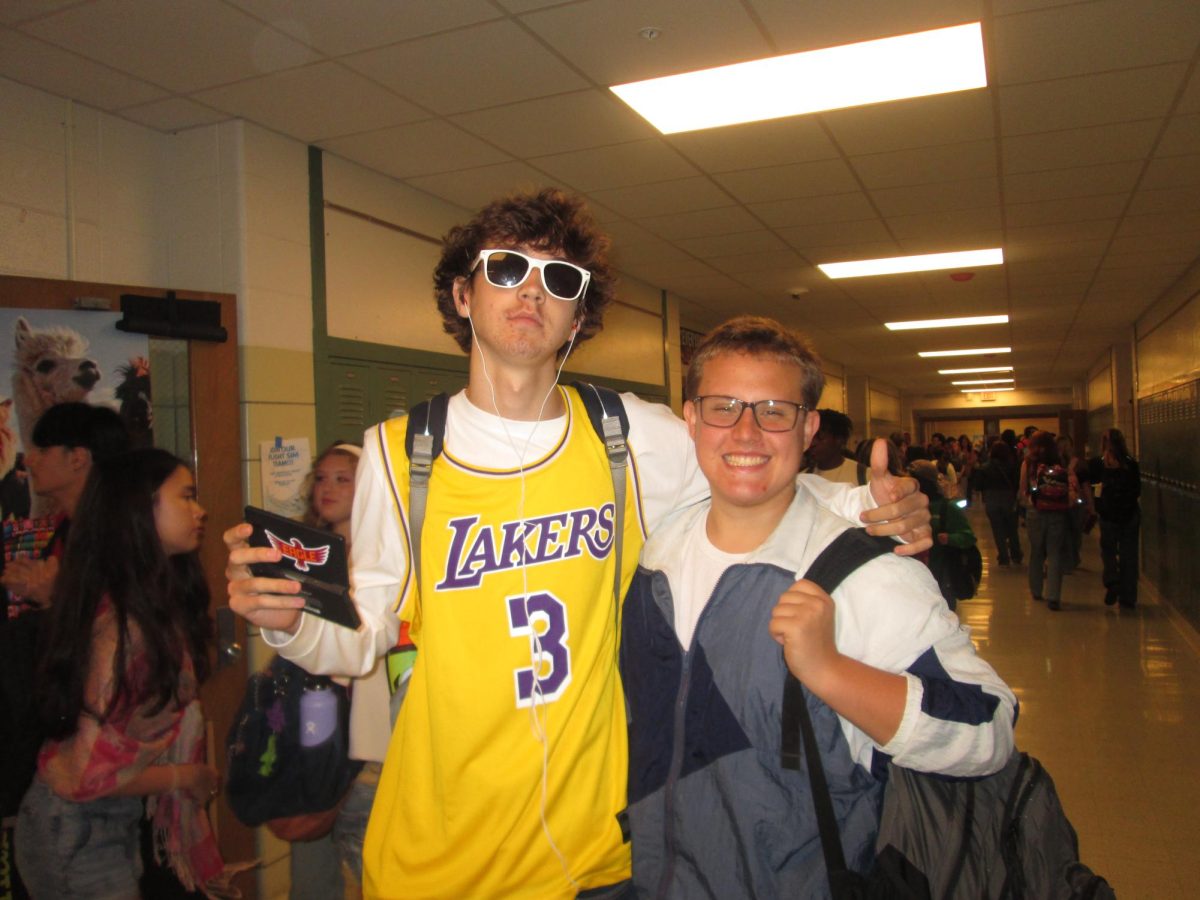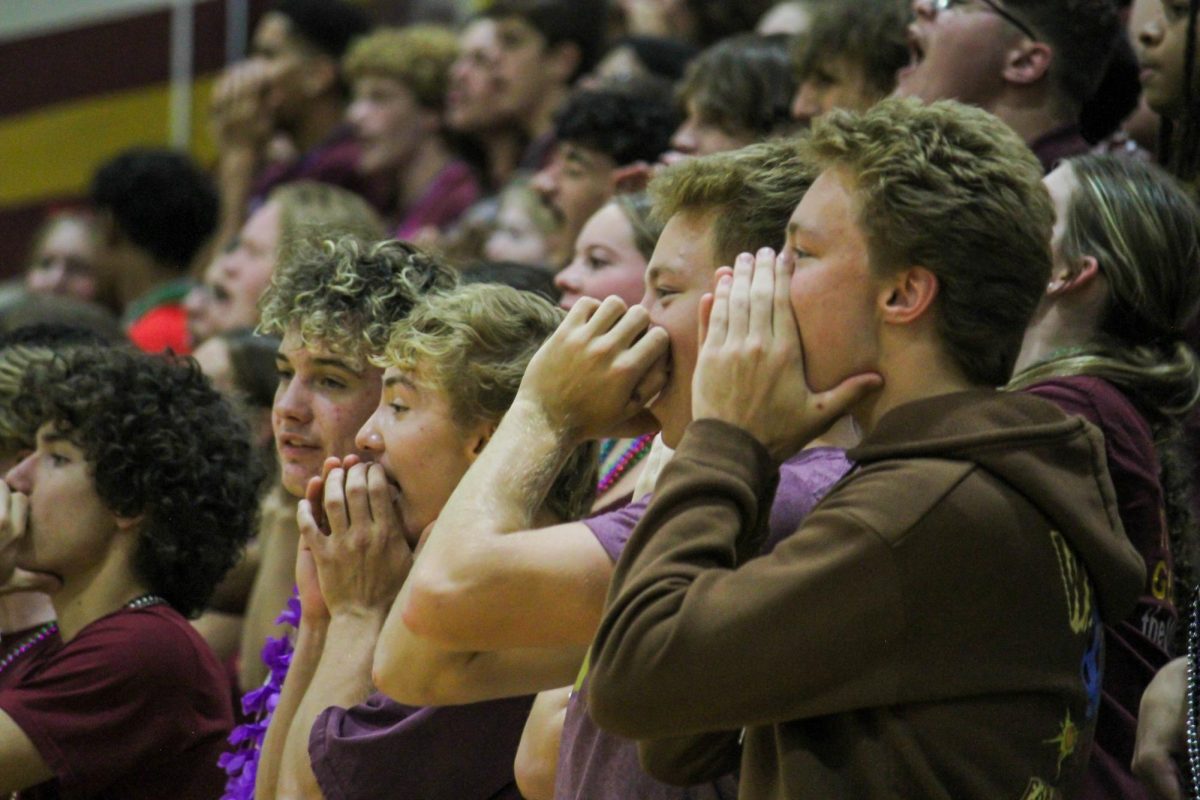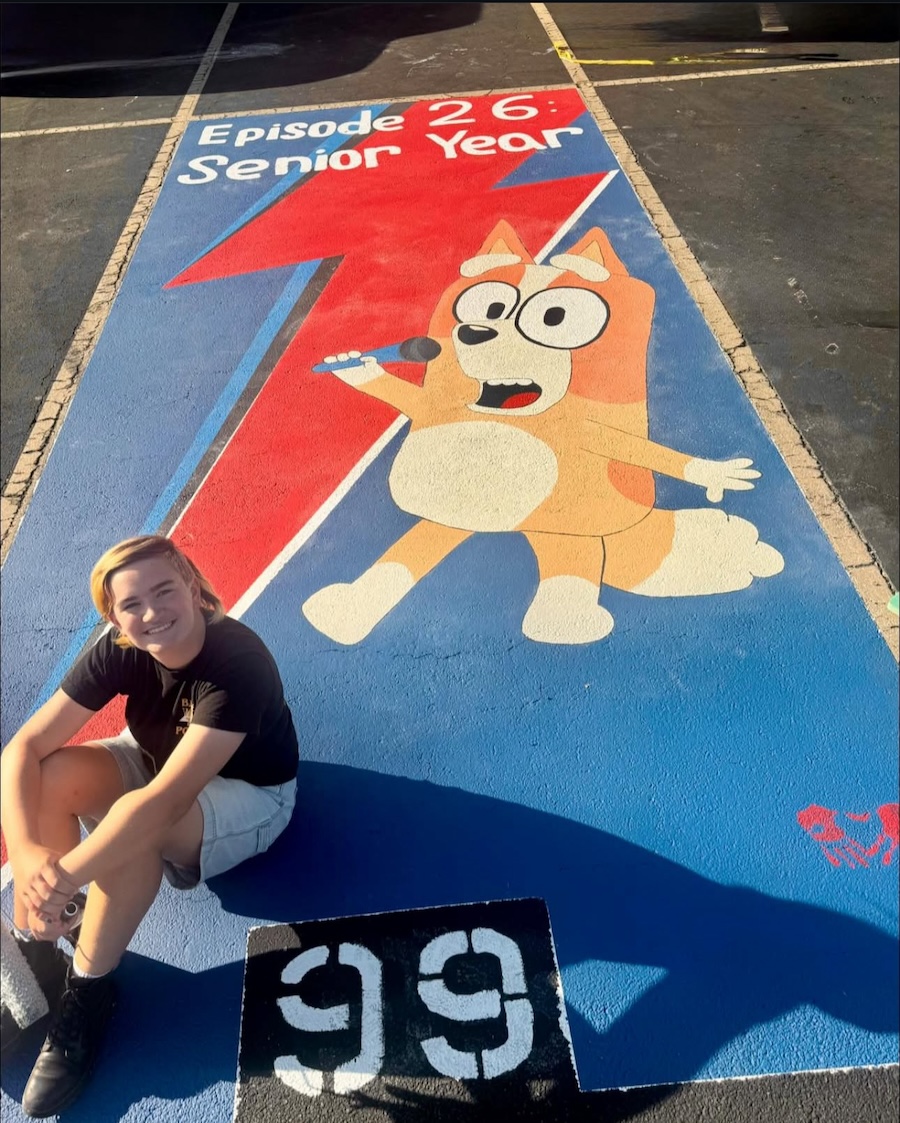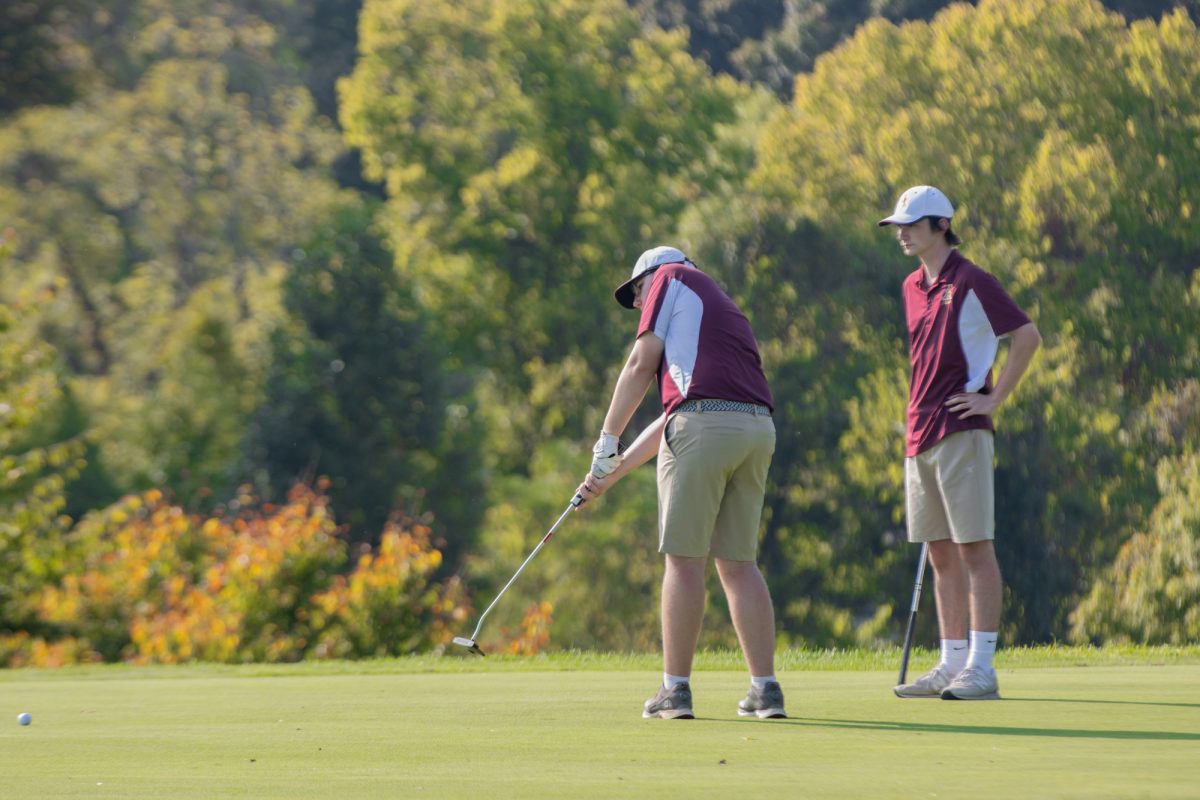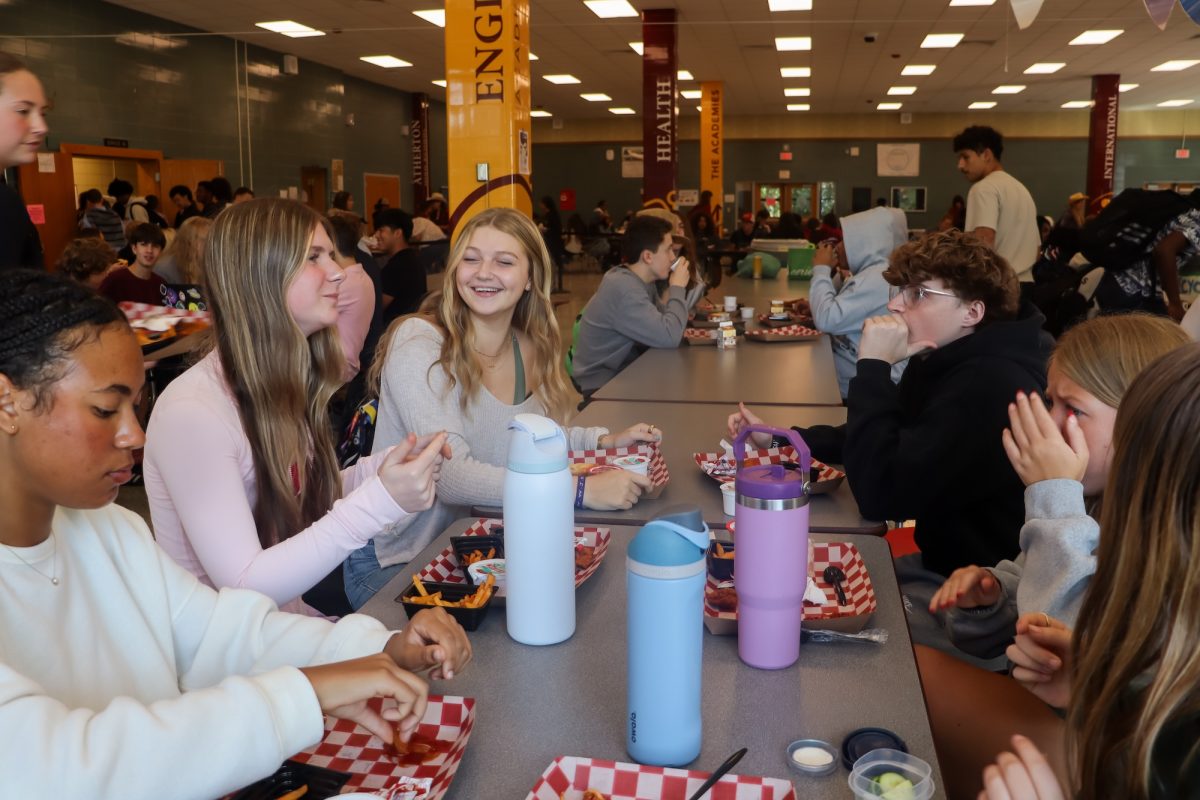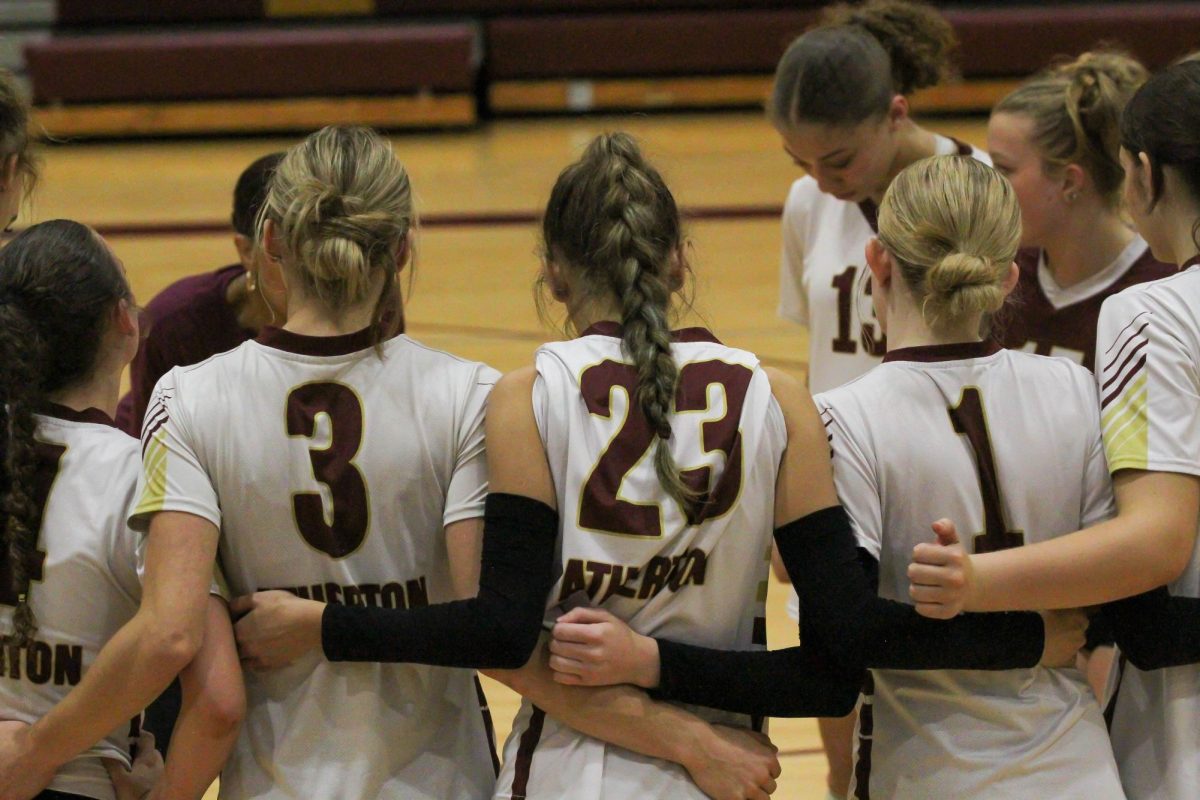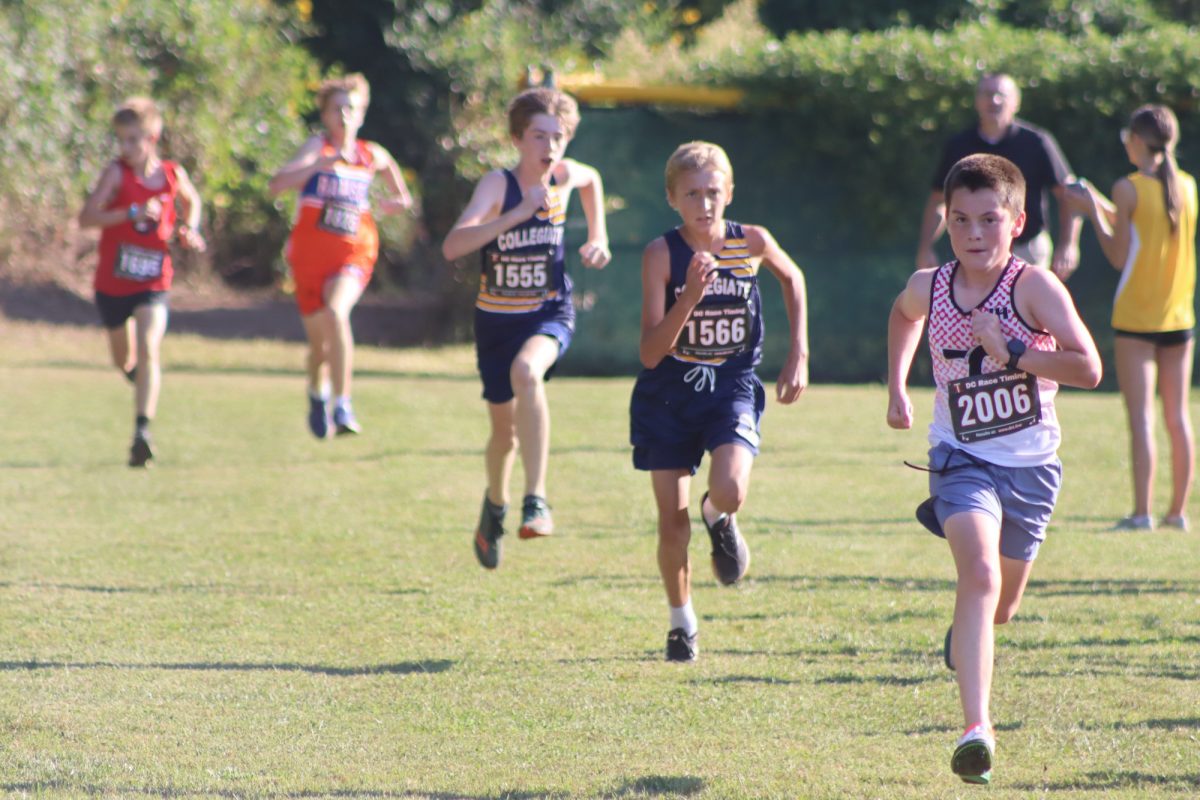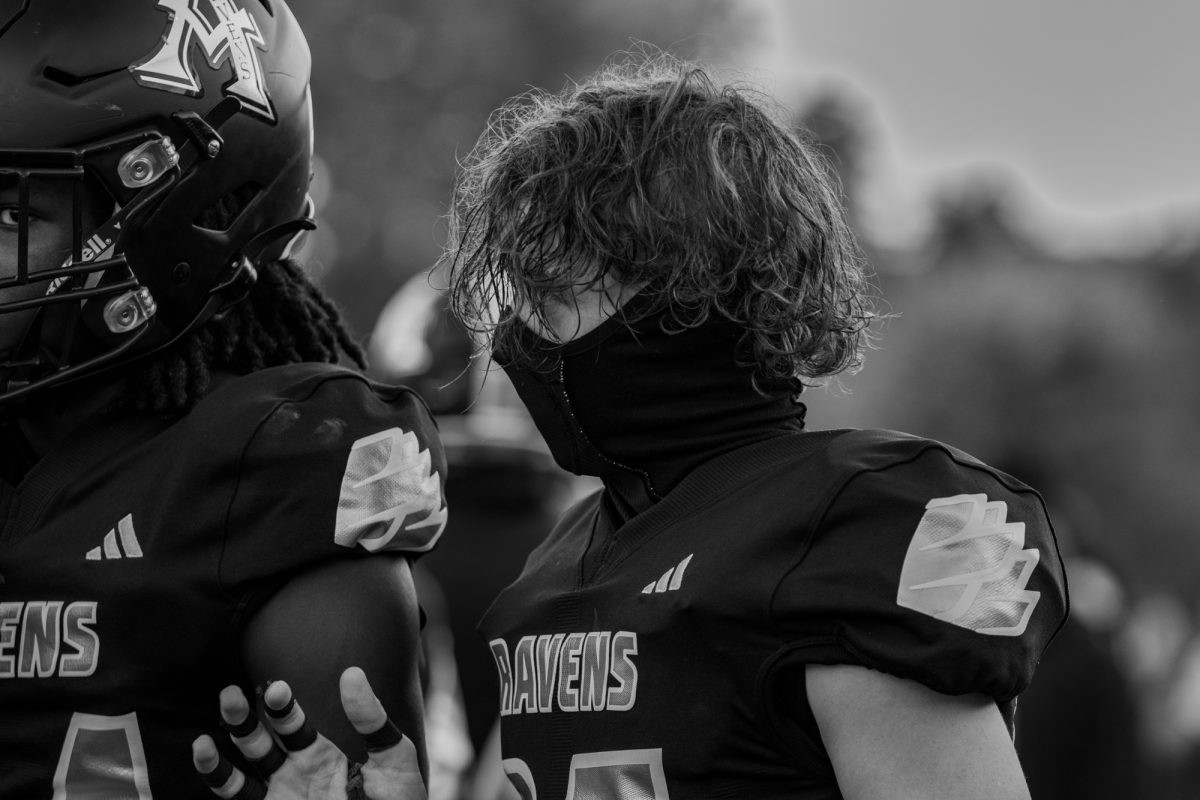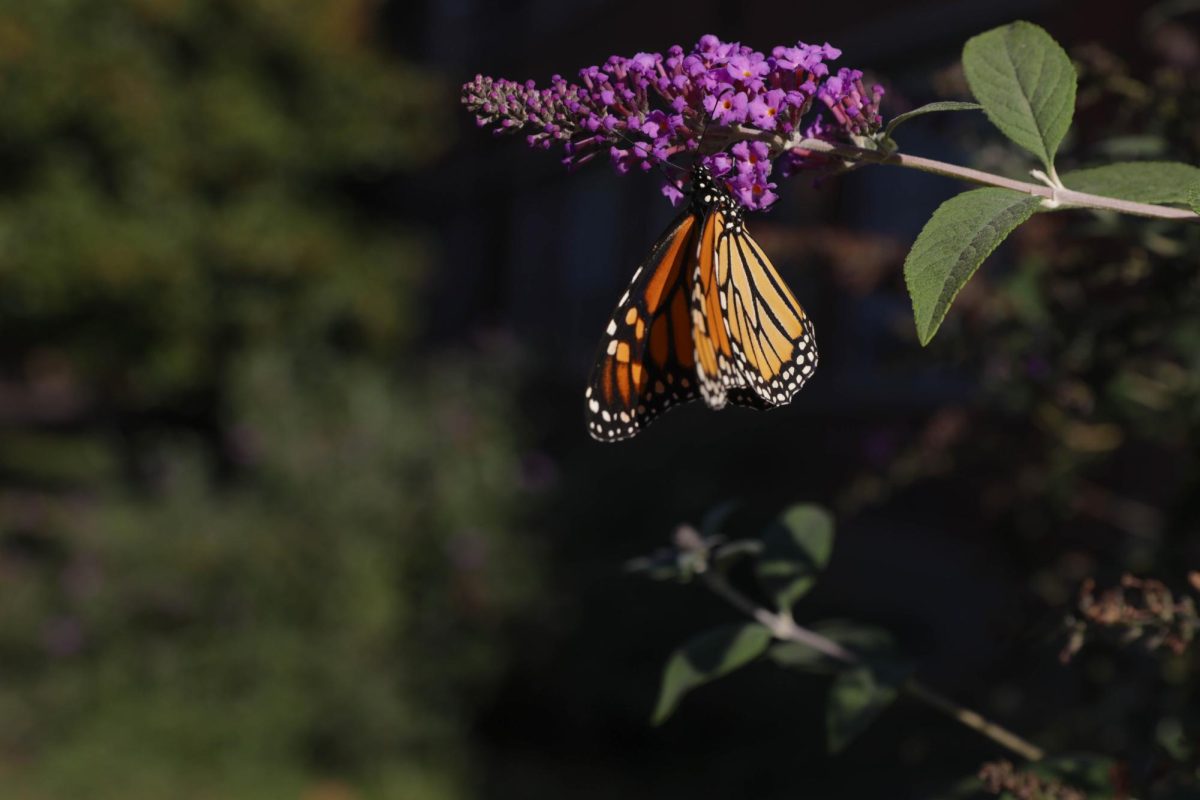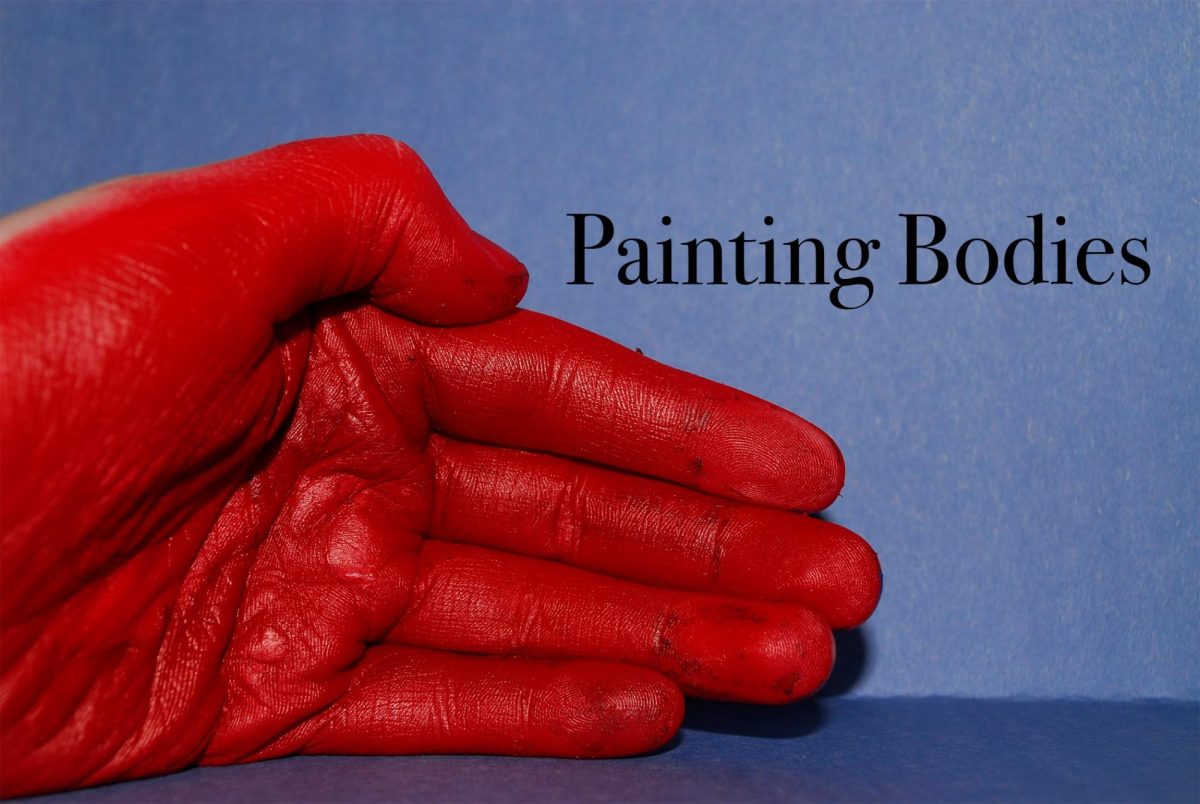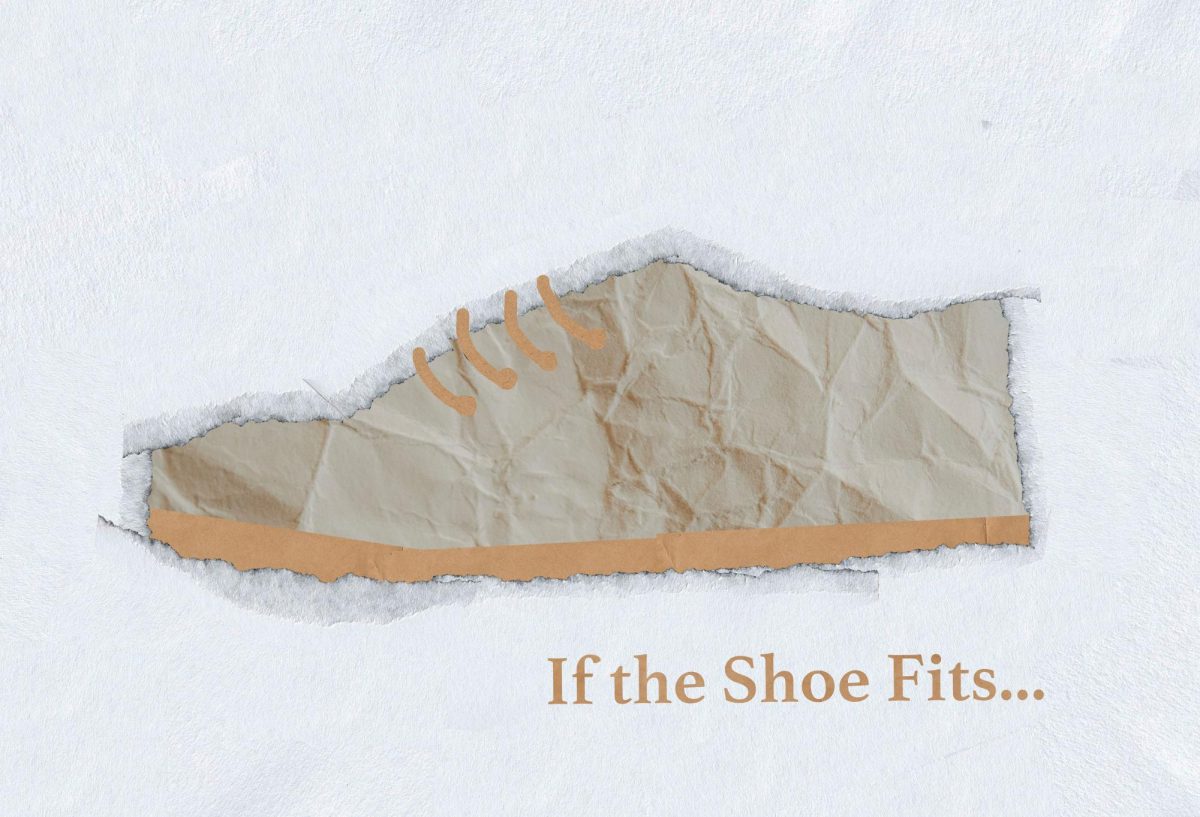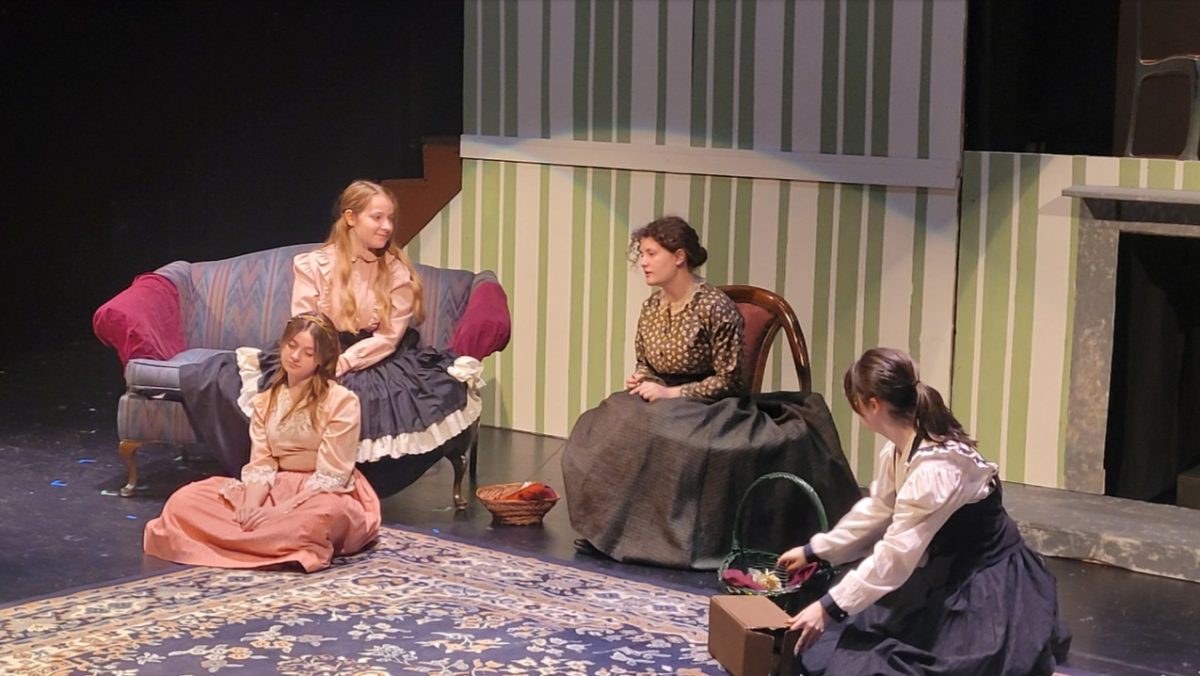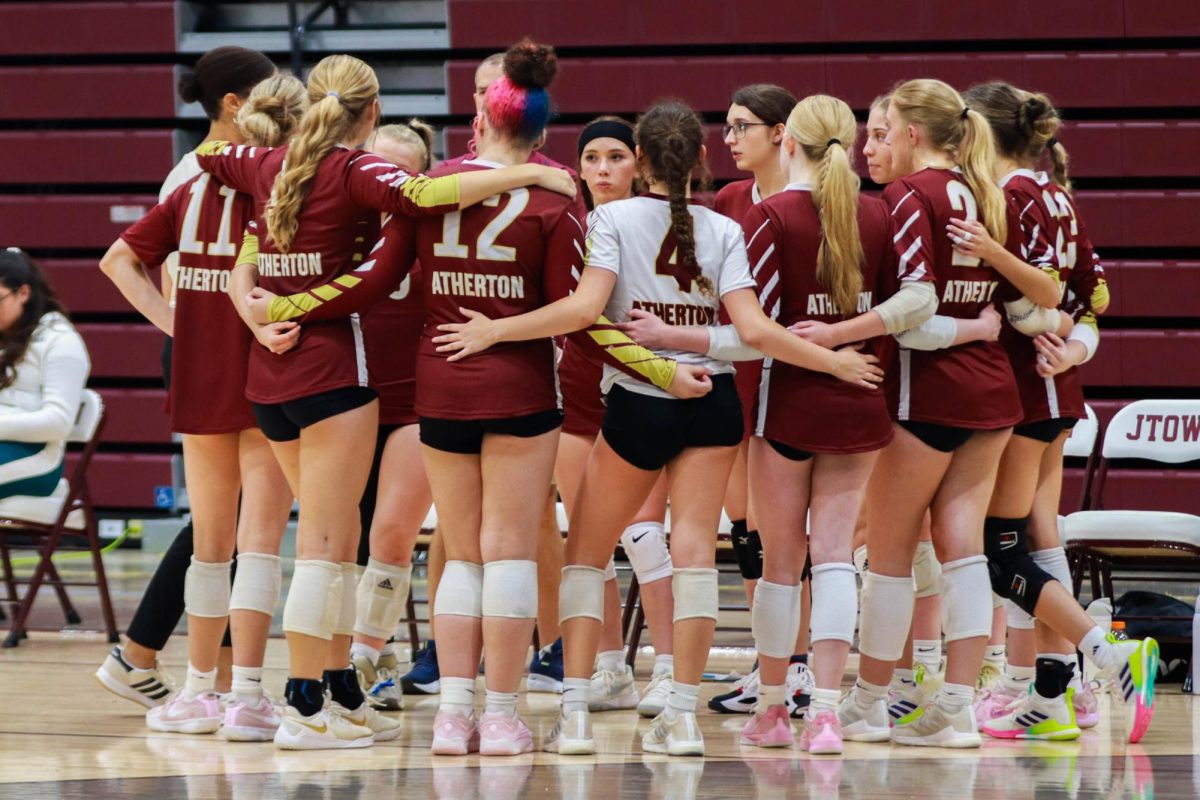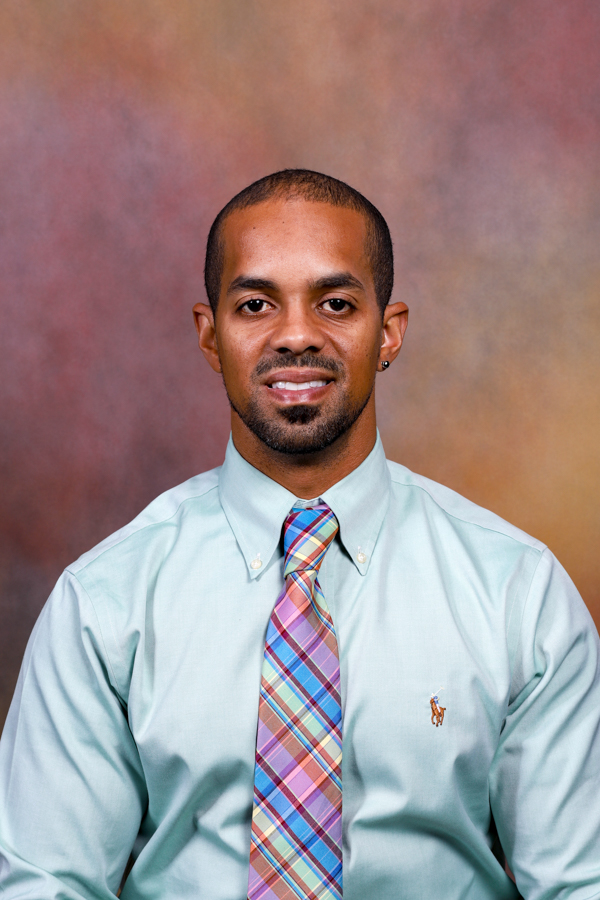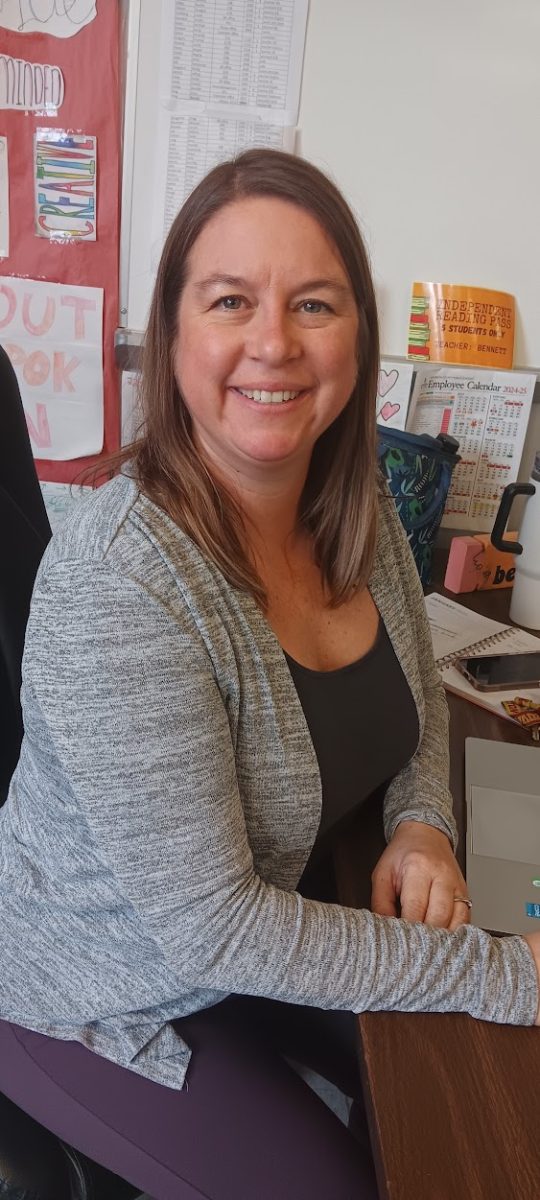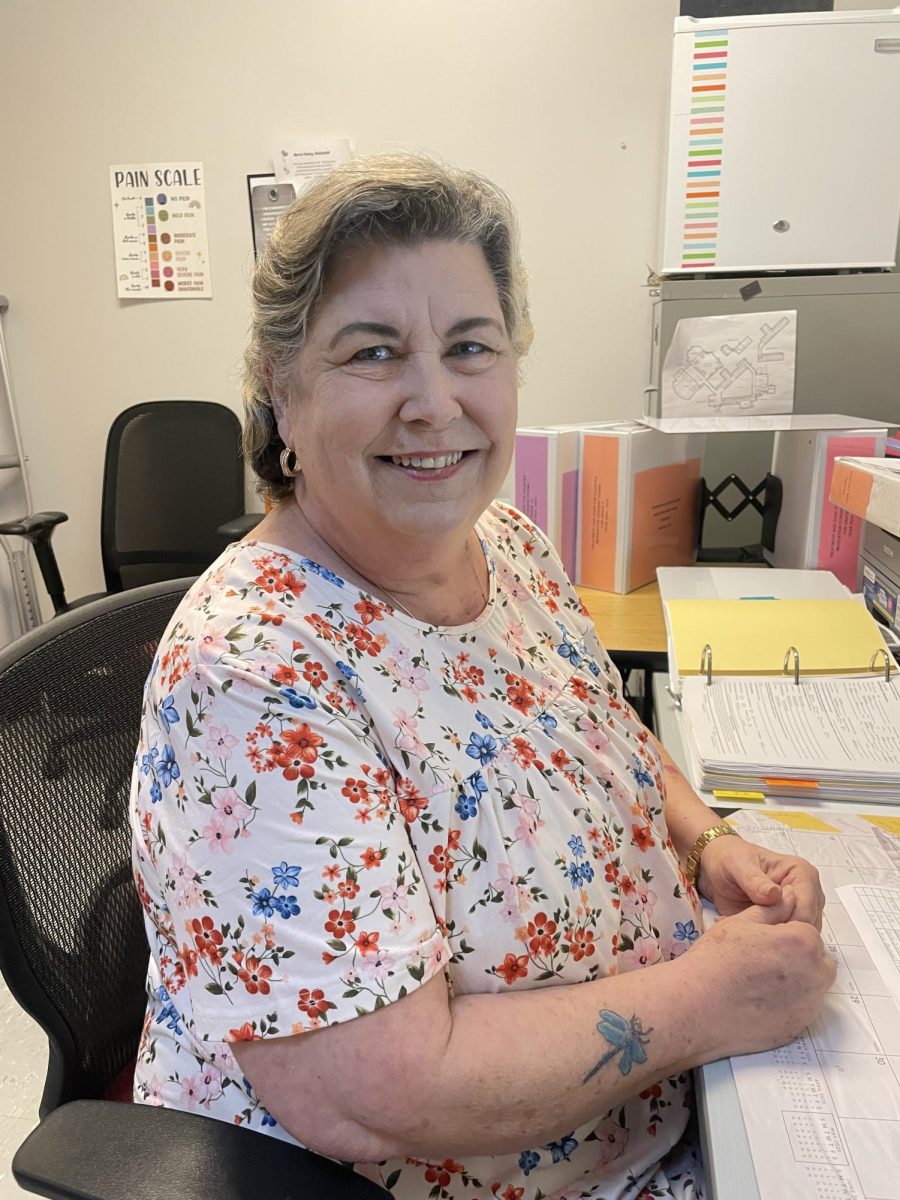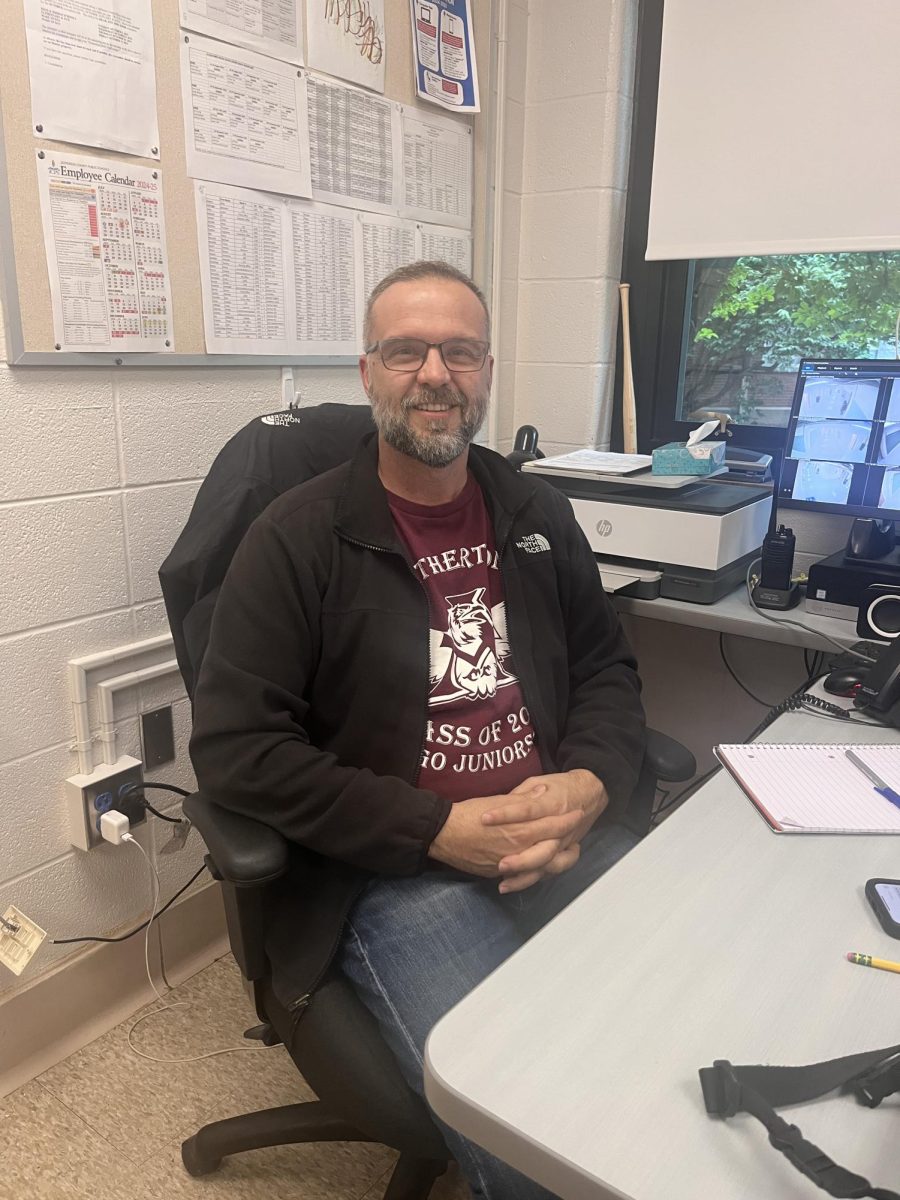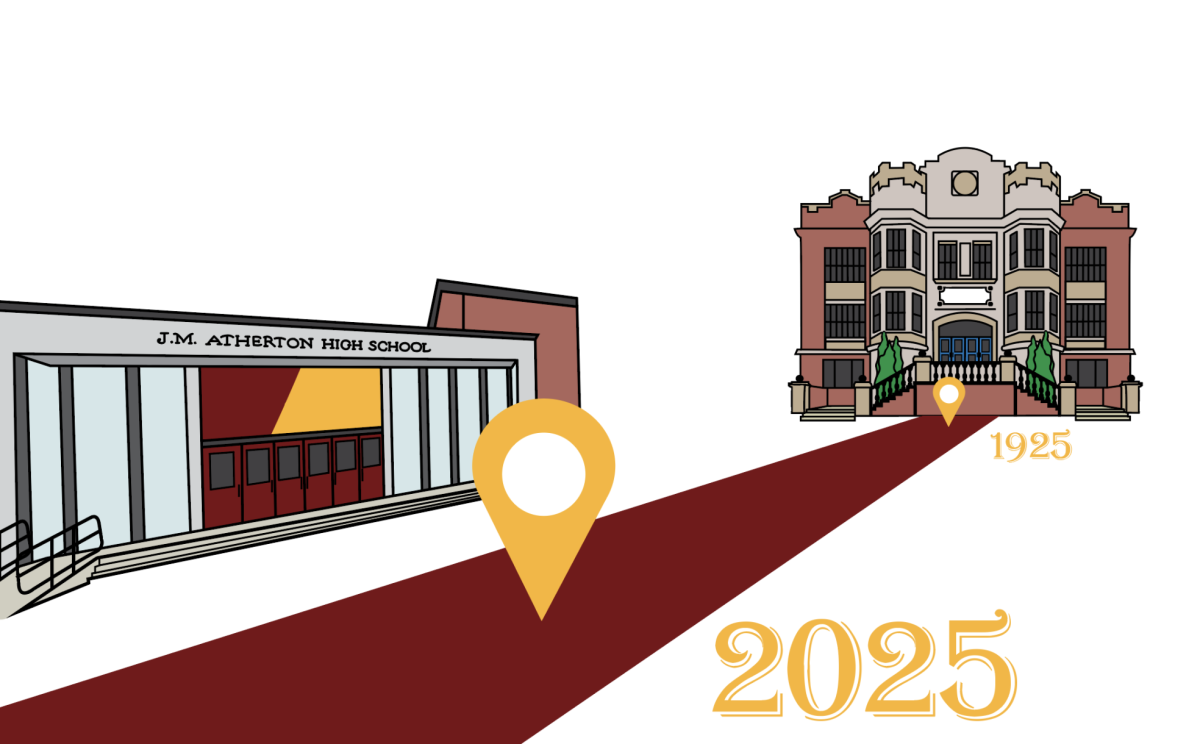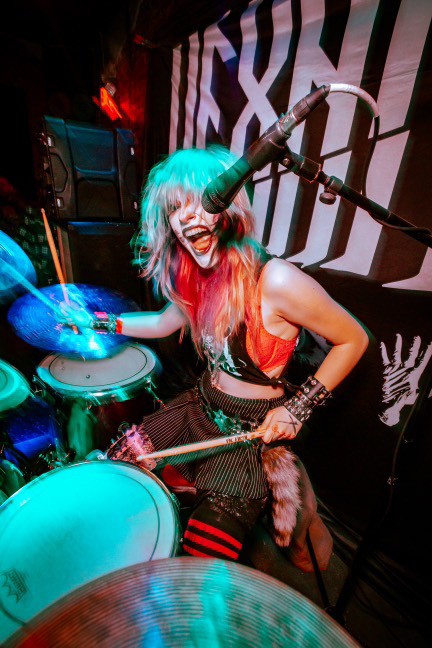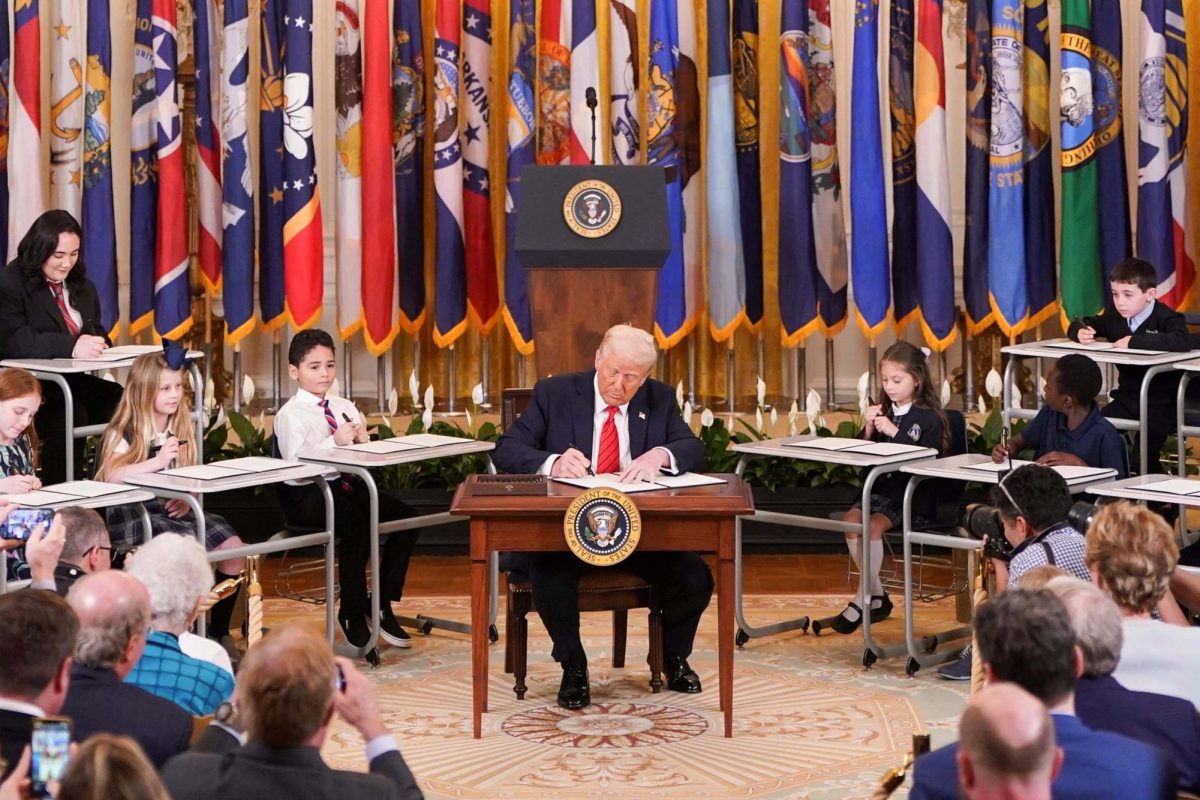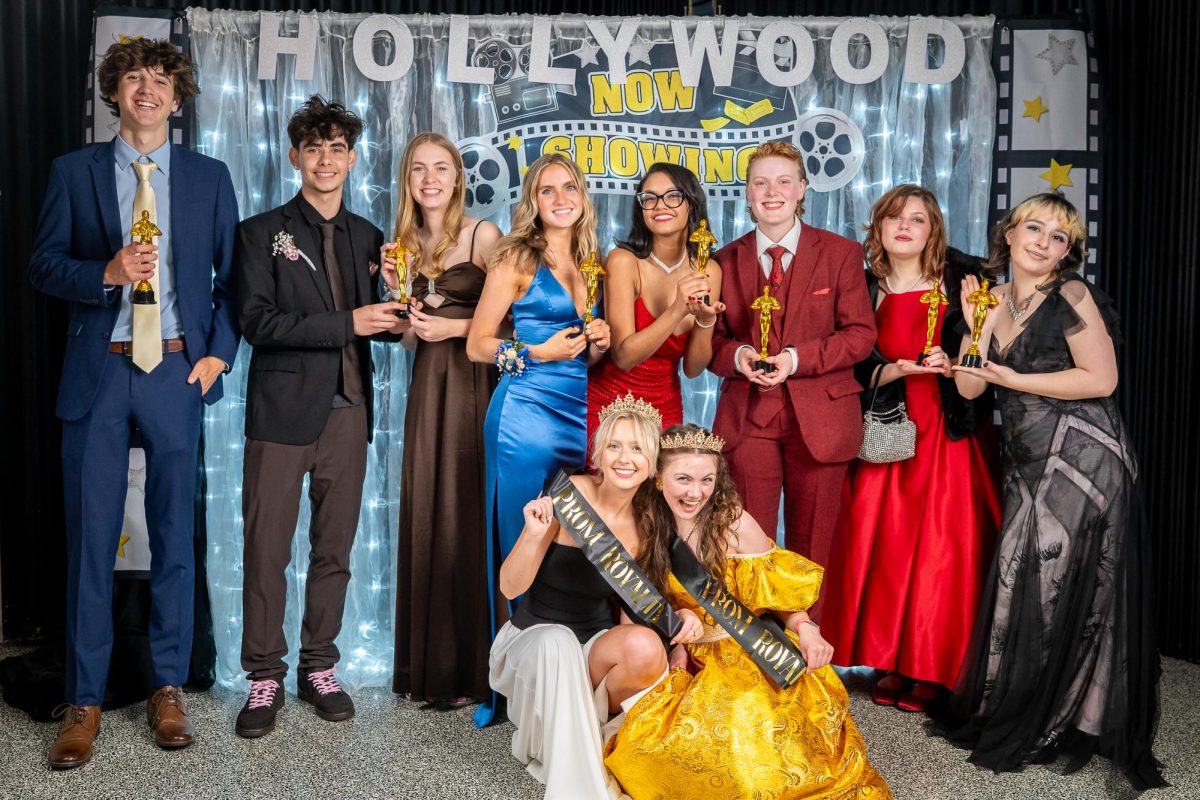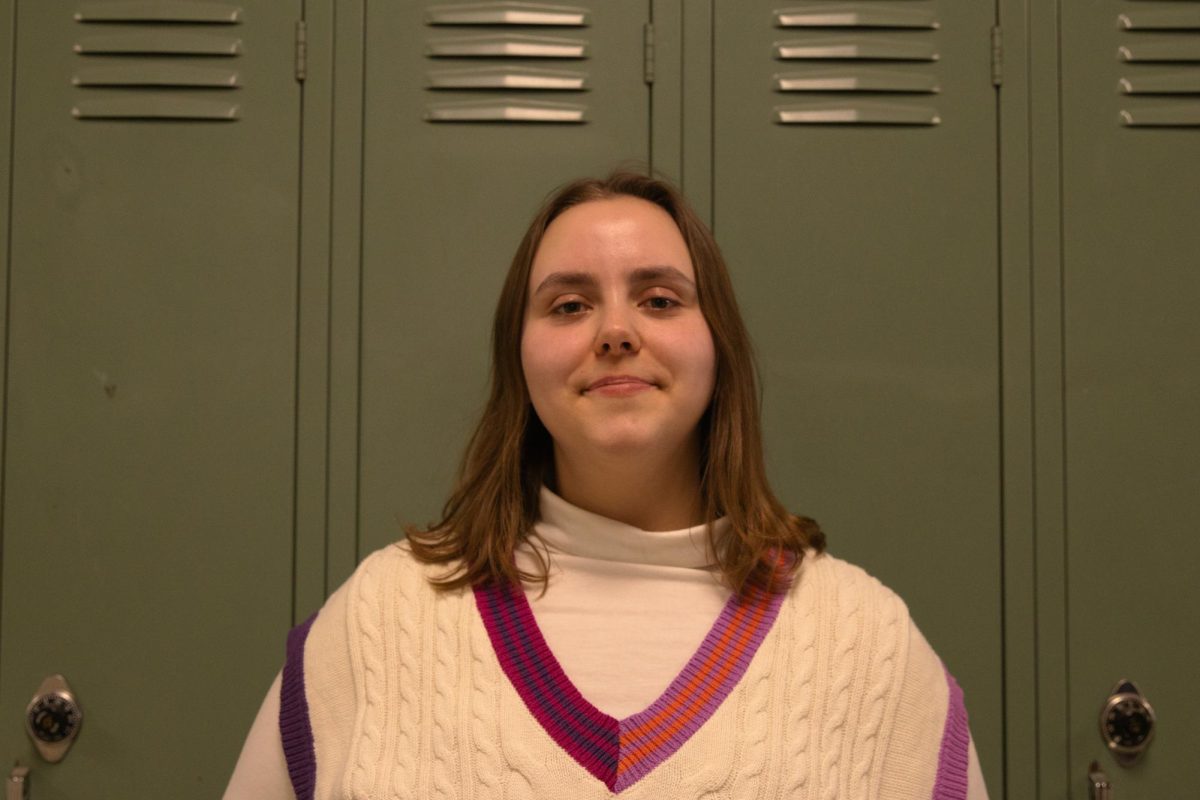The 2024-2025 school year marks the 100-year anniversary of Atherton High School. Here’s a look into our school over the decades:
Atherton was established January 28, 1924. Its original location was 1418 Morton Avenue, the current location of JCTMS, as an addition to the Female High School on First Street. As more girls desired an education, there was a need for another all-girls public high school. For its namesake, the Atherton High School for Girls was founded by John McDougal Atherton, a member of the Louisville Board of Education. He hired Emma J. Woerner to be the first principal.
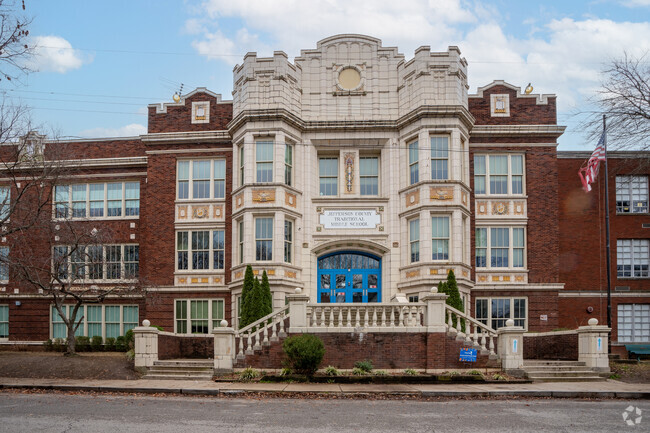
Dr. Fluhr, the current principal, recounts her connection to Ms. Woerner in both her time at Atherton and JCTMS.
“There was a portrait of Miss Woerner that hung in the halls of JCTMS. There was this urban legend that she haunted the halls. It was really bizarre, because, when I came here, that same portrait was hanging in the office.”- Dr. Fluhr
Here is a brief timeline of Atherton through the decades:
1920s- Atherton’s early days were full of exciting new beginnings. This decade is when The Aerial was created by the original class of girls. With its success, journalism became a focal point of the school. Field hockey quickly became the main sport to accompany the academics. Life in early Atherton was full of bustling new organizations, like the National Honor Society, the orchestra, and the student council, as well as fun activities–Atherton held a school wide book exchange in 1928!
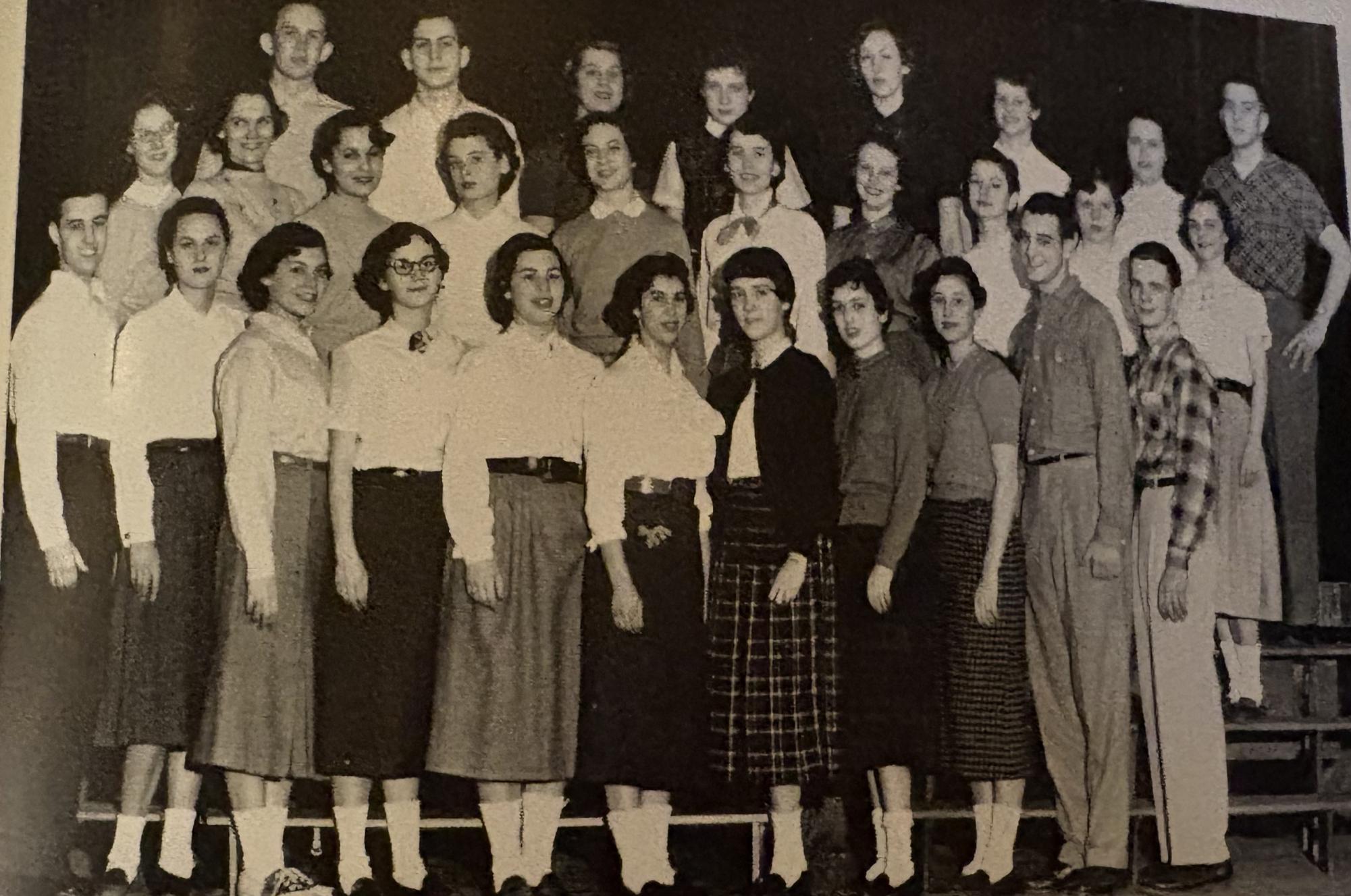
1930s- Atherton was put to the test as they faced the Louisville Flood of 1937. Much of the city’s refugee work was centered at Atherton, with classrooms becoming makeshift hospitals. Samuel V Noe, the founder of Noe Middle School, aided Principal Woerner in organizing a shelter. Atherton harbored over 1,000 African Americans from the central and west end regions of Louisville during the flood.
1940s- Another pivotal moment of Atherton resilience was in the wartime era. Student services ranged from teaching local children, working as war fund office clerks, and volunteering at the Louisville Tuberculosis Association. A 1994 edition of The Aerial cited that “90% of the student body had brought war bonds and stamps.” Additionally, the school held postage stamps and a plastic toothbrush drive. The Aerial was a source of connection for students amidst the war. Many columns included letters to soldiers and perspectives on coping with the war.
1950s- In 1950, the Louisville Board of Education enforced that all public high schools were to become co-ed. At the start of the fall semester of 1950, Atherton made room for 244 boys. Of those 244 boys, 138 tried out for the school’s first football team. To accommodate male students, Atherton introduced a woodshop course.
1960s- In 1962, the school experienced another significant shift with the change in location to 3000 Dundee Road. The property was to be the converted Ray and Charles Clagett Estate, a historic mansion in Strathmoor Village. Since its initial construction, the school remained virtually unchanged until the recent renovations.
1970s- The 70s were a decade of creativity and community for Atherton. The school held a variety of school plays, like Tom Jones in 1977. Many students were a part of clubs, from interests of Spanish to ecology. The school hosted an exchange program, accepting multiple international students from countries like Spain, Japan, Denmark, Germany, and Nigeria.
1980s- The International Baccalaureate Program, one of Atherton’s novelties, was introduced in 1987. Mr. Tucker, a current IB teacher, reflects on his experience with IB as a student. “Atherton was a great school, even in my time, because I was a part of the International Baccalaureate Program. I got to take three of those classes, English, French and History,” he recounts. Mr. Tucker was also a member of the chamber singers, a prestigious choir within the school. The chamber singers had the opportunity to perform in multiple countries, such as Brazil, Japan, and the Czech Republic.
“It was incredibly influential in helping me, not just musically, but mainly developing my worldview and my appreciation for other cultures.” – Mr. Tucker
1990s- To accompany the chamber singers, Atherton gained an audition chorus. This allowed more students to participate in choir. In 1995, the first Youth Service Center was opened, providing school wide aid. In 1992, the school prepared for a second round of construction, remodeling the gym and creating a new wing.
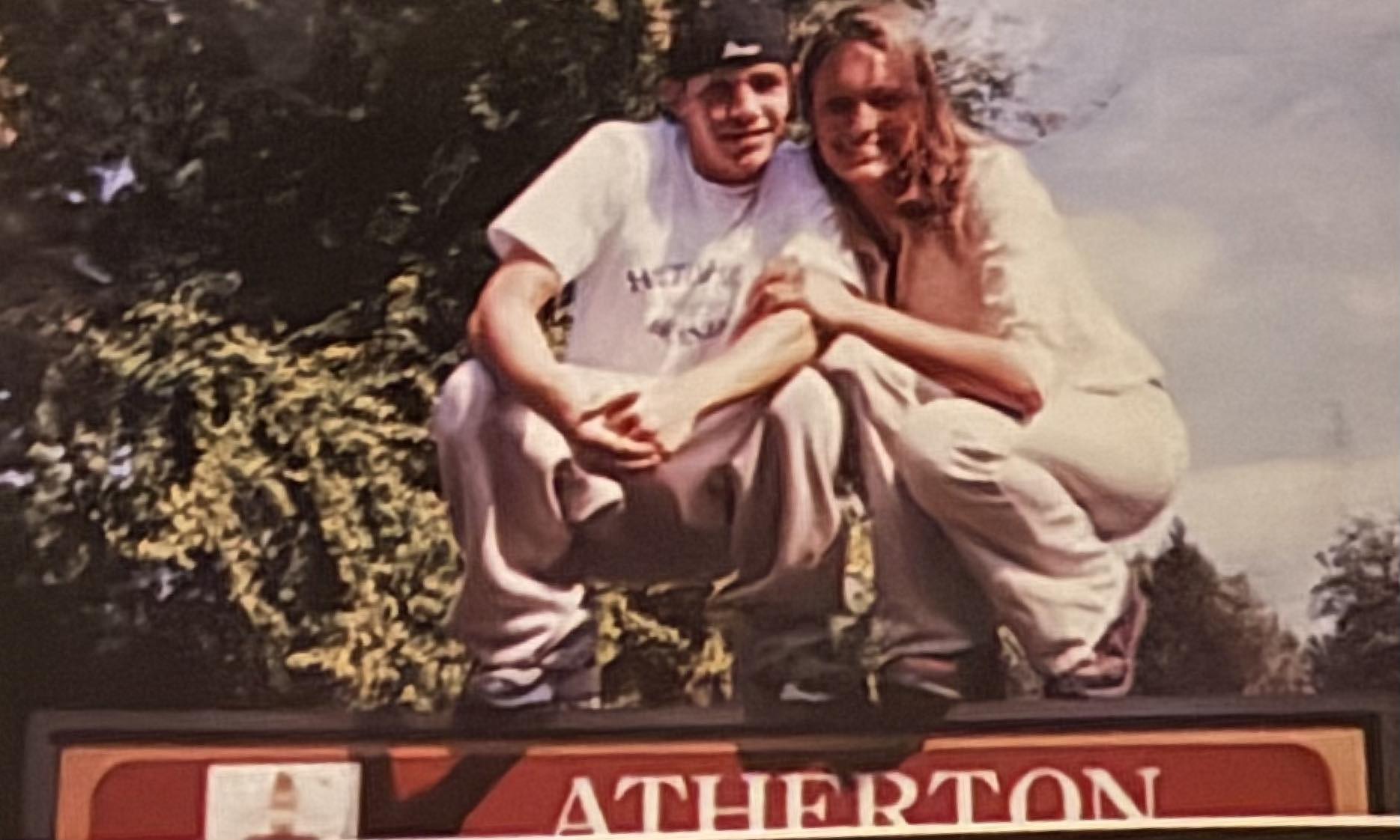
2000s- In the 2000s, Atherton fully immersed itself into being an IB World School. The program attracted five students per year, integrating students from different nations around the world. The 2007 yearbook cited that 10% of students were in ESL programs. Other opportunities emerged for students, such as the Education Academy which prepared students to be future teachers.
Atherton has gone through a series of changes throughout the decades. As a school, we have transferred locations, became co-ed, and ultimately adapted to become an IB world school. Throughout the decades, the Ravens have strived for academic excellence. It’s exciting to envision Atherton’s future for the next hundred years.

